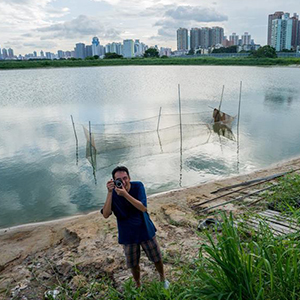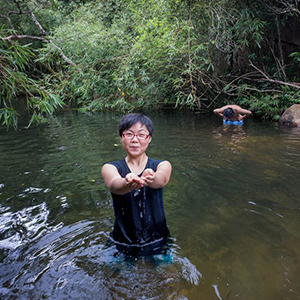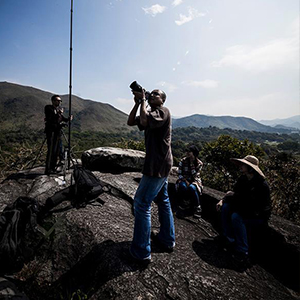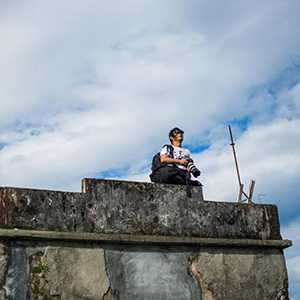In this issue, we will let photos and drawings tell the stories of Kwu Tung and Ping Che, two areas threatened by the government’s plan to build new towns in the northeast New Territories.
Kwu Tung and Ping Che are closer to Hong Kong’s border with Shenzhen than with the urban areas that we spend most of our time in. I believe many who live in this city have never been to these two places and have no idea how they look like or what is going on there.
Urban Diary is privileged to have four artists share their works about the two places with us in this issue. They are John Choy, Tai Ngai-lung, Tse Pak-chai (all photographers) and Stella So (an illustrator). Pak-chai was Urban Diary’s guest photographer for the February special issue on the Tai Hang Fire Dragon.
The four artists and their friends have been running the project “Style of the Northeastern New Territories” since the start of the year. The project is their response to the government’s plan to turn Kwu Tung, Ping Che as well as northern Fan Ling into three new towns. Officials explained that the new towns are important to Hong Kong’s housing supply and economic development.
The new towns plan has polarised sentiments in this hitherto largely peaceful part of the New Territories. Some reject the plan because they don’t want to leave their homes or their ways of life, whether as a full-time farmer, a half-day truck driver or a housewife. Likewise, they don’t want to leave the communities that their parents and grandparents started building decades ago and which are still very much alive today. On the other side of the spectrum, there are indigenous landowners who criticise the government for still not having bought up their plots for development, and it goes without saying that major property developers who have accumulated large tracts of land in the area are satisfied that they’ll finally be able to turn their investments into lucrative real estate.
For the four artists, this rural part of Hong Kong is a treasure trove. They wrote, “All of us want to preserve the treasures (of the northeast New Territories) for our next generations as we face an unpredictable future. Money has long defined success in Hong Kong. Some people have already acquired wealth so huge that it will take multiple lifetimes to exhaust, yet their wants are insatiable. An increase in their astronomical incomes means the demolition of homes for thousands of people.”
Their photos and drawings are the records of their numerous visits to the affected communities. They visited a soy source factory, a timber plant, a dragon fruit plantation, farms, fish ponds, as well as hundreds of families. The artists hope that the visual images they produce will allow urban dwellers to look at the affected area – and indeed, the whole of Hong Kong – differently, and make sense of what is going on in our city.
I declined Pak-chai’s invitation to join the “Style of the Northeastern New Territories” project, but from my chats with him and other artists, I understand that life in that part of Hong Kong is laid back and simple. People live in spacious houses, eat what they grow in the garden, and they share fruits and vegetables with one another. Free from the shackles of mortgage payments, quite a number of them work half day and spend the rest of their time at home, sharing laughter and jokes with family and friends.
After a first exhibition in May at the Jockey Club Creative Arts Centre in Shek Kip Mei, the “Style of the Northeastern New Territories” project is now showing at the iBakery Gallery Cafe in Tamar Park through July 29. The four artists will continue to visit the villagers and they intend to run the exhibition in other corners of Hong Kong. The artists and the villagers whose lives they have documented have become friends over the course of the project. “My life is somehow connected to theirs. It seems like I have become one of them,” said the photographer Tai Ngai-lung.






